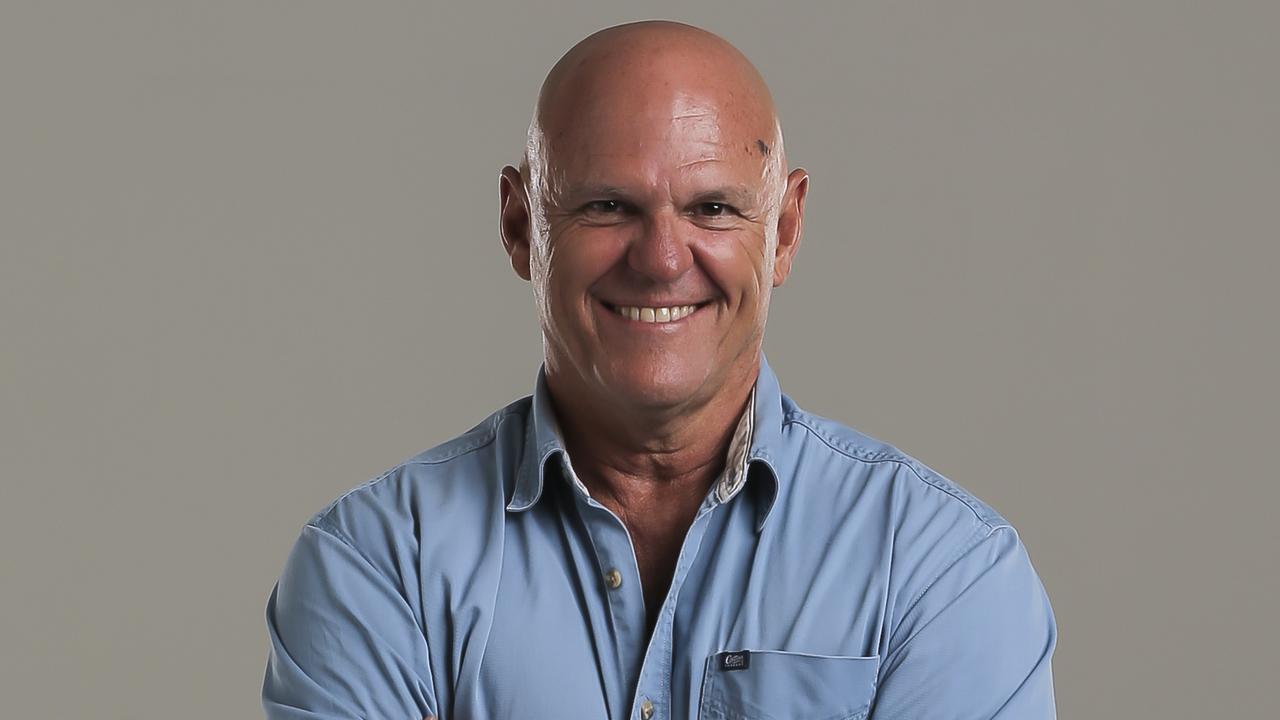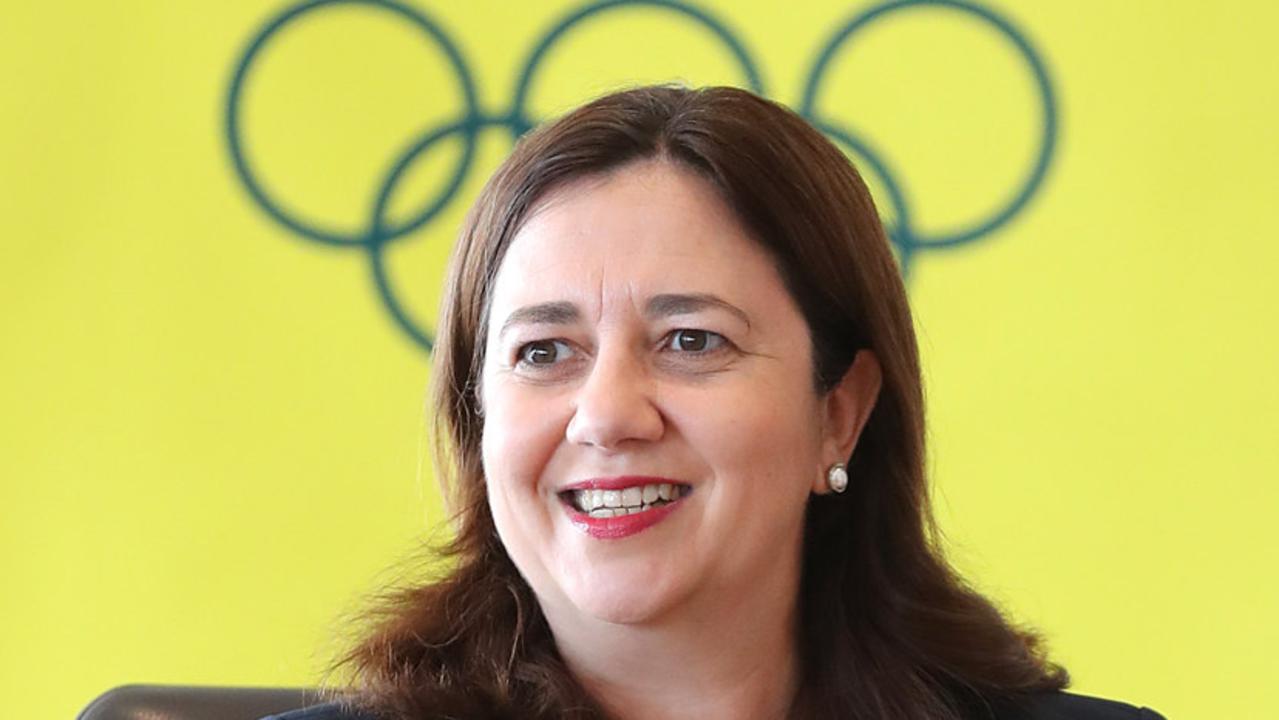Opinion: Bill Shorten’s unpopularity is Coalition’s best election hope
Australian voters are looking for a reason not to vote for Bill Shorten, but the Coalition is failing to make it obvious what that reason is, writes RENEE VIELLARIS.

Opinion
Don't miss out on the headlines from Opinion. Followed categories will be added to My News.
SUBCONSCIOUSLY or consciously, voters are looking for a reason not to vote for Bill Shorten but the problem for the Coalition is they have failed to make it obvious what that reason is.
The answer is clear – it’s the economy, and it’s taxes and its jobs. Scott Morrison knows this and is desperately trying to connect with voters, to get them to tune in, but many Australians now see the Coalition as a basket case that kicks own goals and internally divided.
So is it all over? Is it a fait accompli that Shorten will be the victor in May?
The answer is no because voters are myopic and will care more about their hip pocket than politics, however, the Coalition will need these five things to hold on.
1. All the own goals and infighting have to end.
2. Voters will have to start listening again and tune into the economic message.
3. The Coalition will have to maintain all its seats in battleground Queensland; plus win Herbert (which is looking likely for the North Queensland seat); and turnaround its woes in Victoria.
4. Shorten or Labor will have to make a significant mistake, and;
5. This is key – the Coalition will need to run a professional and exceptional election campaign, and it will have to get negative.
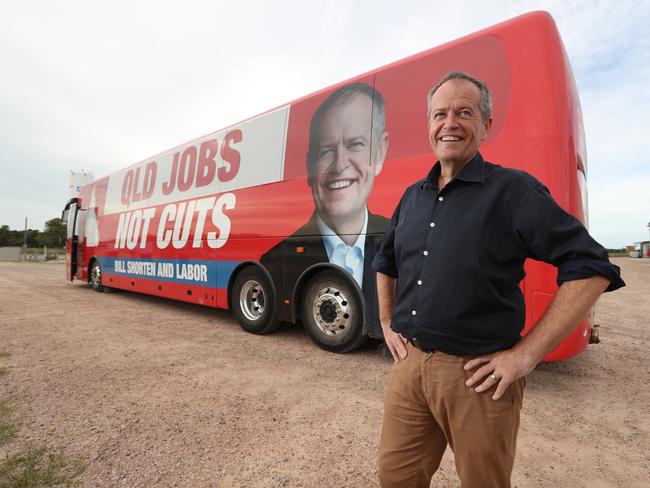
Clearly it is an enormous task. This is why the election will not be until May. Morrison needs the time and needs to fundraise more money for an election campaign.
Some within the Coalition believe nothing is going their way and the tide is against them. They do not believe there is a pathway to victory.
Others counter this by saying Morrison will fight until the end, run a better campaign than Malcolm Turnbull (who lost 15 seats in 2016) and launch the mother of scare campaigns on Labor’s changes to negative gearing, capital gains tax, franking credits as big as the ALP’s successful WorkChoices political killer. Insiders believe Julie Bishop and Craig Laundy will quit before the election. Tony Abbott has been working hard in Warringah to ward off a growing number of independents he will face. But Warringah is no certainty for the Coalition.
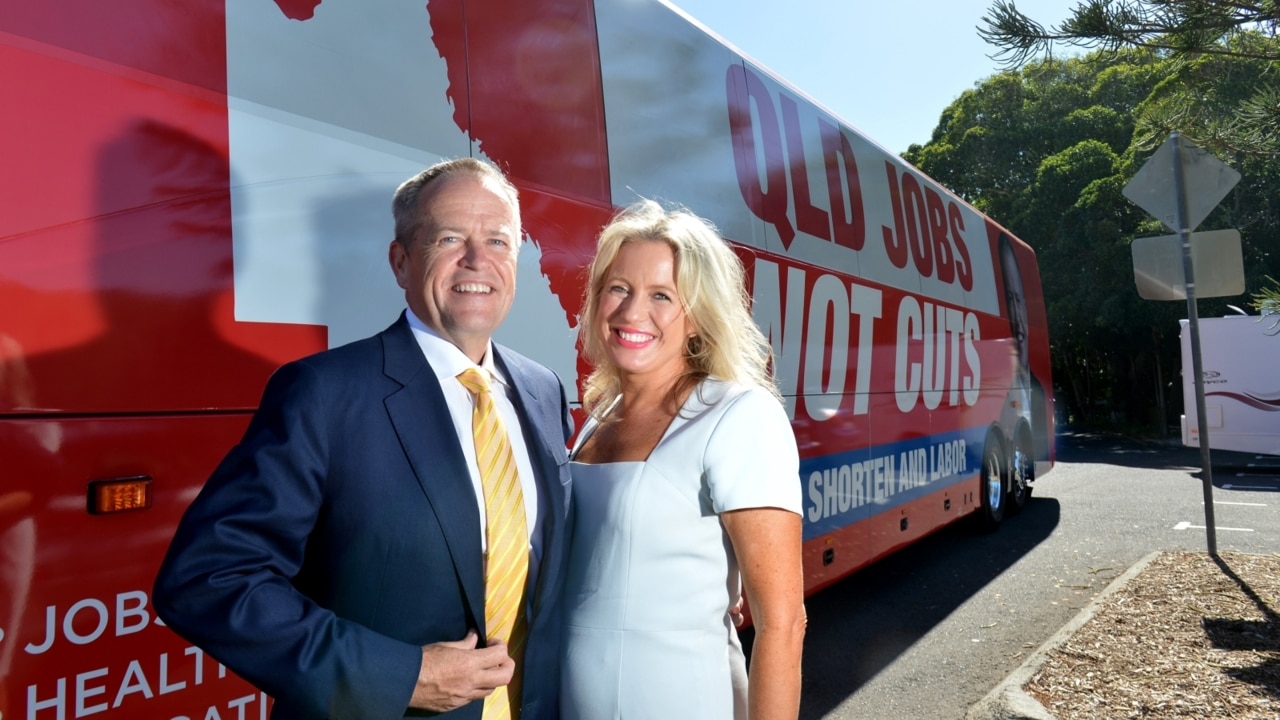
However, highly placed sources have revealed what they are picking up in key seats – their challenges and their political weaponry.
When the Ruddslide decimated the Coalition in 2007, Labor won 83 seats in a 150-seat Parliament. Kevin Rudd stole 23 seats from Coalition MPs. Labor lost just two seats, both to Liberals in Western Australia. The Coalition suffered a 5.4 per cent swing.
Shorten has been Opposition Leader since October 2013. Some will say Tony Abbott was unpopular too and he was able to win in 2013. The difference is that Julia Gillard was despised by many in the electorate.
That level of hatred by some, is not there for Morrison – some may think he is a bit of a doofus who “boganed” it up too much – but there’s no deep-rooted anger.
While there is no massive, uniform wave, Labor clearly is in front in the polls. In December, Newspoll had Labor in front 45-55.
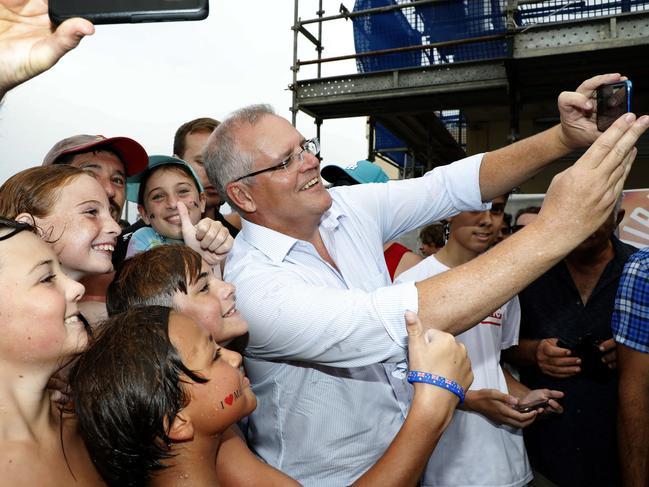
But Rudd, who had so much personal momentum behind him, won in 2007 with a two-party preferred vote of 52.70 per cent. Consider that two-party-preferred vote. It just shows how unlikely Labor will remain at a two-party preferred vote of 55 per cent on polling day.
There is no unbridled excitement for Shorten like there was for Rudd. Shorten is a populist but unpopular. In Coalition polling he has a negative rating of about 20 in key marginal seats in Queensland.
The polls have been stubborn for the Coalition and are not shifting since Turnbull blew up his own leadership, but highly placed sources believe a lot of the vote to Labor is within the seats it holds – basically it means that they will win the seats they hold now with bigger margins.
But there is no doubt Labor has also eaten into the margins of some key Coalition seats.
The polls will tighten. And Queensland and Western Australia will have to hold for the Coalition. However, there are serious concerns about sandbagging Victorian seats. This, and maintaining its stronghold in Queensland, will be the focus for the Government. Ironically, the states are diametrically opposed, and policies will have to be chosen wisely.
In Queensland, the latest YouGov Galaxy poll taken in November revealed the Coalition’s primary remains higher than Labor’s, but on a two-party preferred basis they are neck-and-neck on 50 per cent. This shows Queensland is bucking the national trend and is why Shorten spends so much time here.
In Queensland in 2007, Rudd picked up nine seats – Petrie, Moreton, Longman, Forde, Flynn, Dawson, Leichhardt, Bonner and Blair – and overall held 15 of Queensland’s federal seats.
Today, Labor holds eight seats in Queensland – Herbert, Longman, Lilley, Griffith, Oxley, Blair, Rankin and Moreton. Out of 30 seats, the Coalition holds 21 and Bob Katter holds one.
The biggest liabilities for the Coalition in Queensland are Forde, Ryan and Bonner. Capricornia, Flynn and Dawson are marginal, but insiders are cautiously upbeat.
In the seats of Brisbane, Petrie, Capricornia, Dawson, Flynn and Forde, the LNP will run a localised campaign with local project announcements. Dawson was in trouble a few months ago, but it appears George Christensen has turned it around.
There is a view the CFMMEU is passively supporting Labor’s candidates, annoyed by Shorten’s refusal to back thermal coal projects. And in those areas the Palaszczuk Government is being pilloried for pulling funding from agriculture colleges. It’s a state issue but Labor does this same thing – blurs state issues with federal responsibilities.
Peter Dutton (Dickson) and Luke Howarth (Petrie) both have targets on their backs. Dutton holds his seat by just 1.7 per cent.
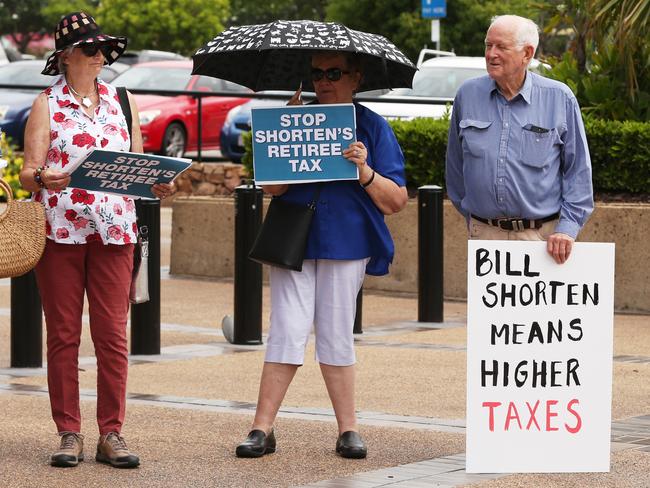
One of their greatest weapons is Shorten’s unpopularity and Shorten’s franking credits plan, which will take money off older Australians who rely on share tax refunds to boost pensions.
In Petrie, which Howarth holds by just 1.6 per cent, Labor’s changes to franking credits is more potent than negative gearing changes.
Howarth is a strong local member, and increased his margin from the 2016 election, however last time he did not have a Clive Palmer and One Nation candidate running against him. This time he probably will. It will be tough but he will likely hang on.
Brisbane is held by a margin of 6 per cent. Last election Labor’s primary in Brisbane was the lowest on record. The LNP’s Trevor Evans has established himself as a good local representative, however, a liability is that voters liked Turnbull in Brisbane. Congestion is a significant issue for voters in the city so expect government announcements. Evans will likely hold.
It is unlikely the Coalition will pick up any seat in Queensland other than Herbert. And this is another salient point; when the Coalition lost Herbert and Longman in 2016 (under Turnbull) they had margins of more than 6 per cent. So the Coalition held on to its ultra marginal seats in Queensland but lost those two safer ones. That is squarely at the feet at the Coalition’s incumbents, who misunderstood their local electorates.
Pauline Hanson plans to run a candidate in every seat in Queensland. Support for One Nation’s is the biggest in Queensland. One Nation are unlikely to win any seats but it could determine who wins. Their preferences can be scattergun, but usually flow to the Coalition.
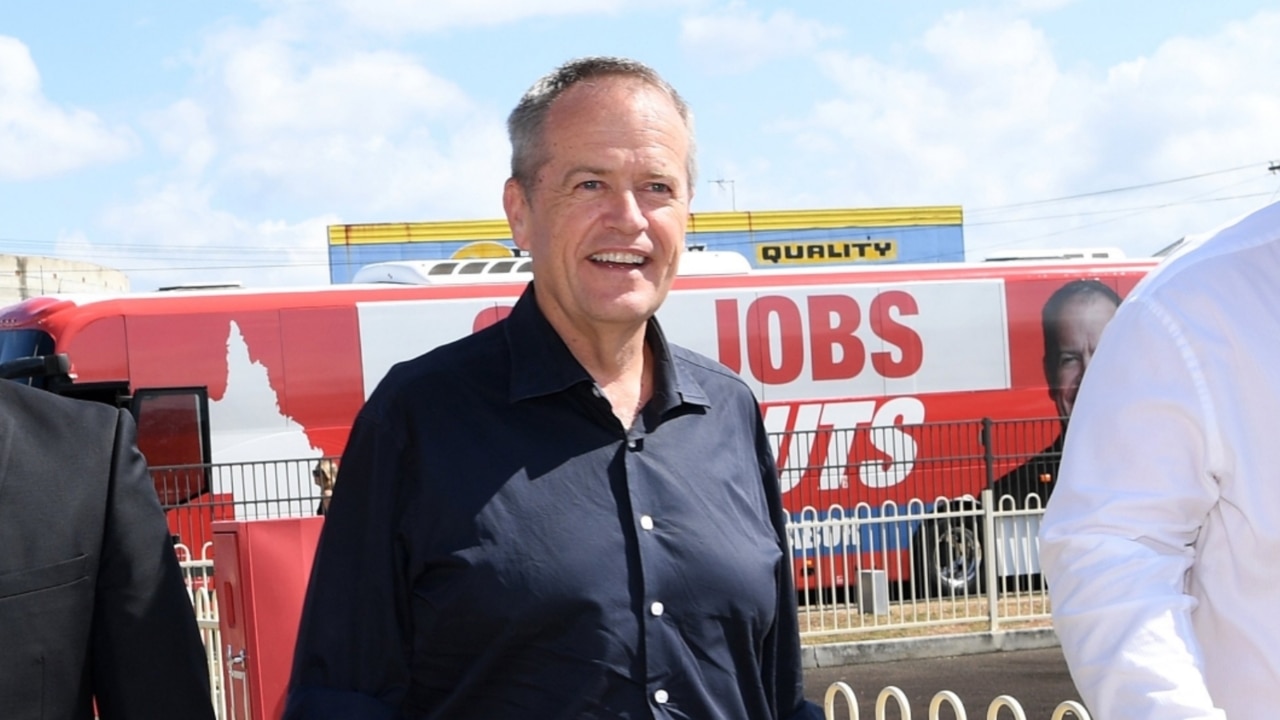
And then there’s Clive Palmer. The man has once again become obsessed with politics. He is flooding the airwaves with advertising.
In some seats it is predicted he or Hanson will poll 10 per cent and just signals how fed-up some have become with major parties.
When Australians lodged their vote in May, the Coalition want them two think of two things – that they don’t like Shorten and they will face $200 billion in taxes under Labor.
Labor will remind voters of Coalition chaos and big spends on hospitals and education to deflect from Shorten’s unpopularity.
With four months to go, the outcome is no certainty, but Morrison is without a doubt the underdog.

